Aeon Video has a monthly newsletter!
Get curated editors’ picks, peeks behind the scenes, film recommendations and more.
Can art in a swanky restaurant ever be transcendent? On Rothko’s Seagram Murals
The US painter Mark Rothko (1903-70) received his first major commission in 1958 for the paintings now known as the Seagram Murals. For the series, Rothko abandoned the brighter colour schemes of his past works, opting instead for a sombre colour palette of reds, browns and blacks. The pieces were intended to line the walls of the Four Seasons restaurant in the Seagram Building on Park Avenue – a glittering symbol of New York opulence. However, as the UK curator, gallerist and video essayist James Payne explores in this episode of his YouTube series Great Art Explained, Rothko later abruptly withdrew the works after dining at the restaurant himself. In his analysis of Rothko’s work, Payne takes viewers on a deep dive into the historical context and making of the murals, including how they were delivered to the Tate in London on the same day Rothko was discovered dead by suicide in his New York studio. In doing so, Payne hints at the inherent tensions between money and artistic intention that extend far beyond Rothko’s Seagram project.
Video by Great Art Explained

video
Biography and memoir
As her world unravels, Pilar wonders at the ‘sacred geometry’ that gives it structure
20 minutes
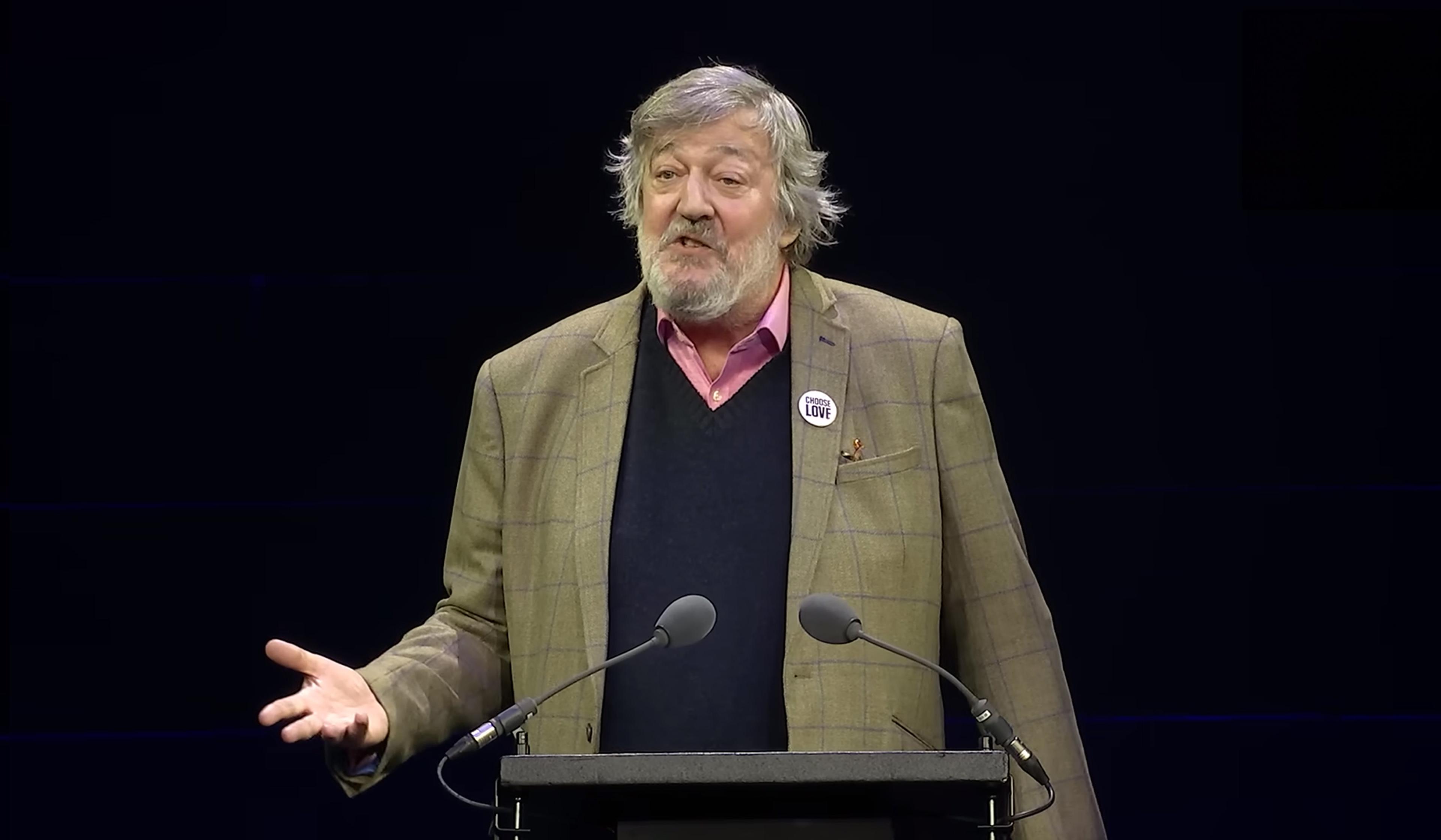
video
Meaning and the good life
Why strive? Stephen Fry reads Nick Cave’s letter on the threat of computed creativity
5 minutes
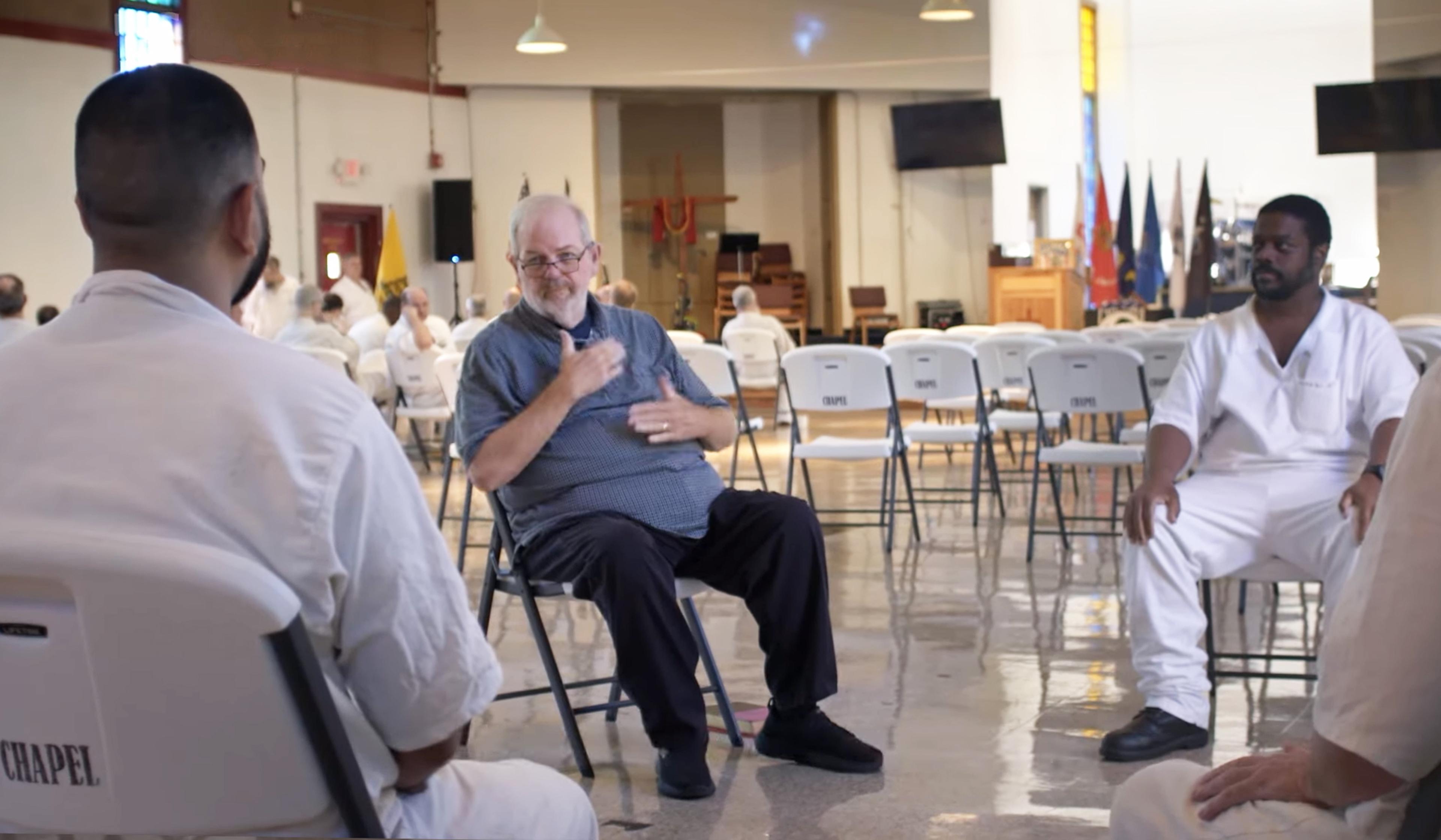
video
Human rights and justice
‘I know that change is possible’ – a Deaf prison chaplain’s gospel of hope
18 minutes
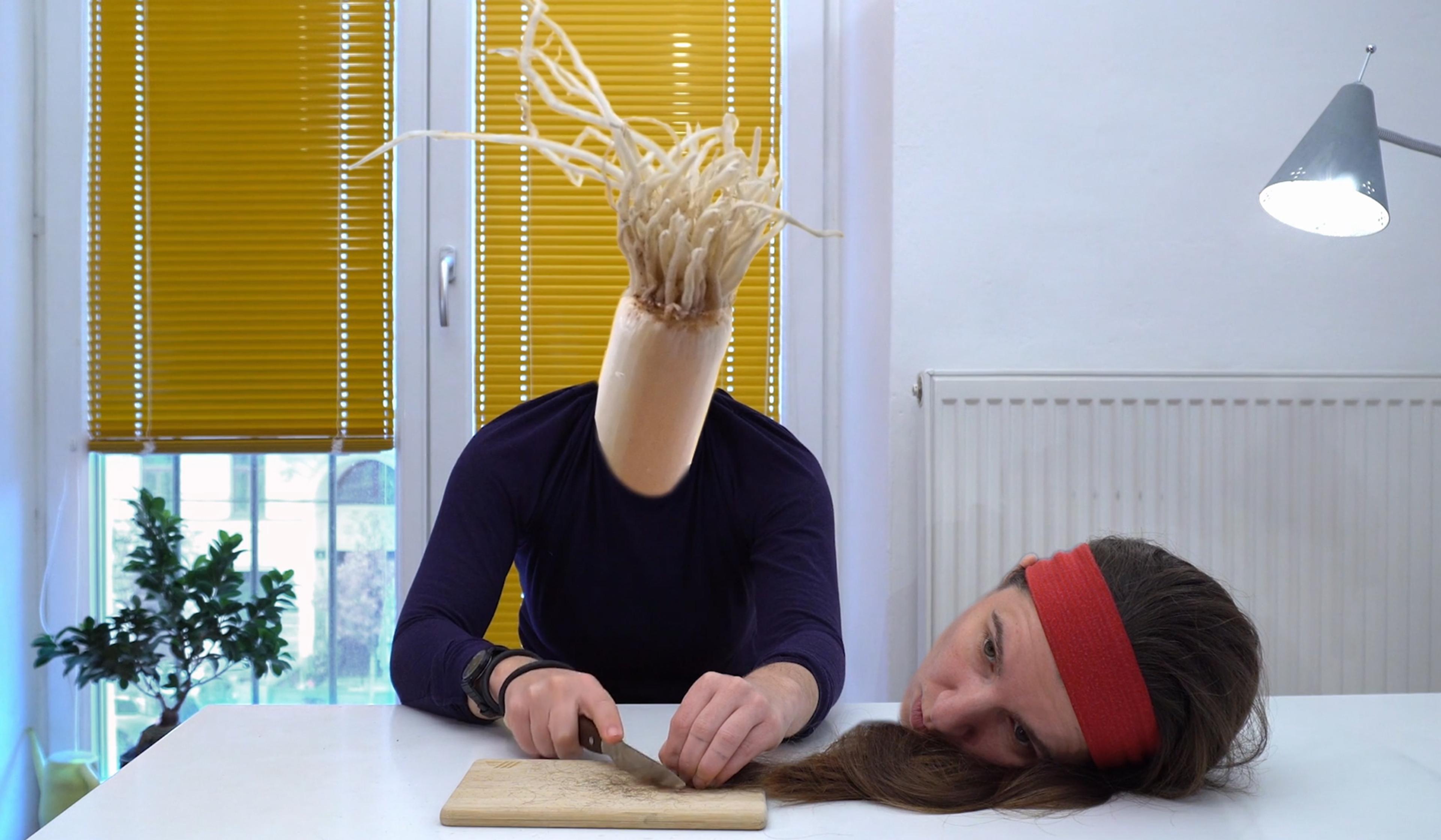
video
Technology and the self
An artist swaps her head with everyday objects in a musing on consumerism
4 minutes
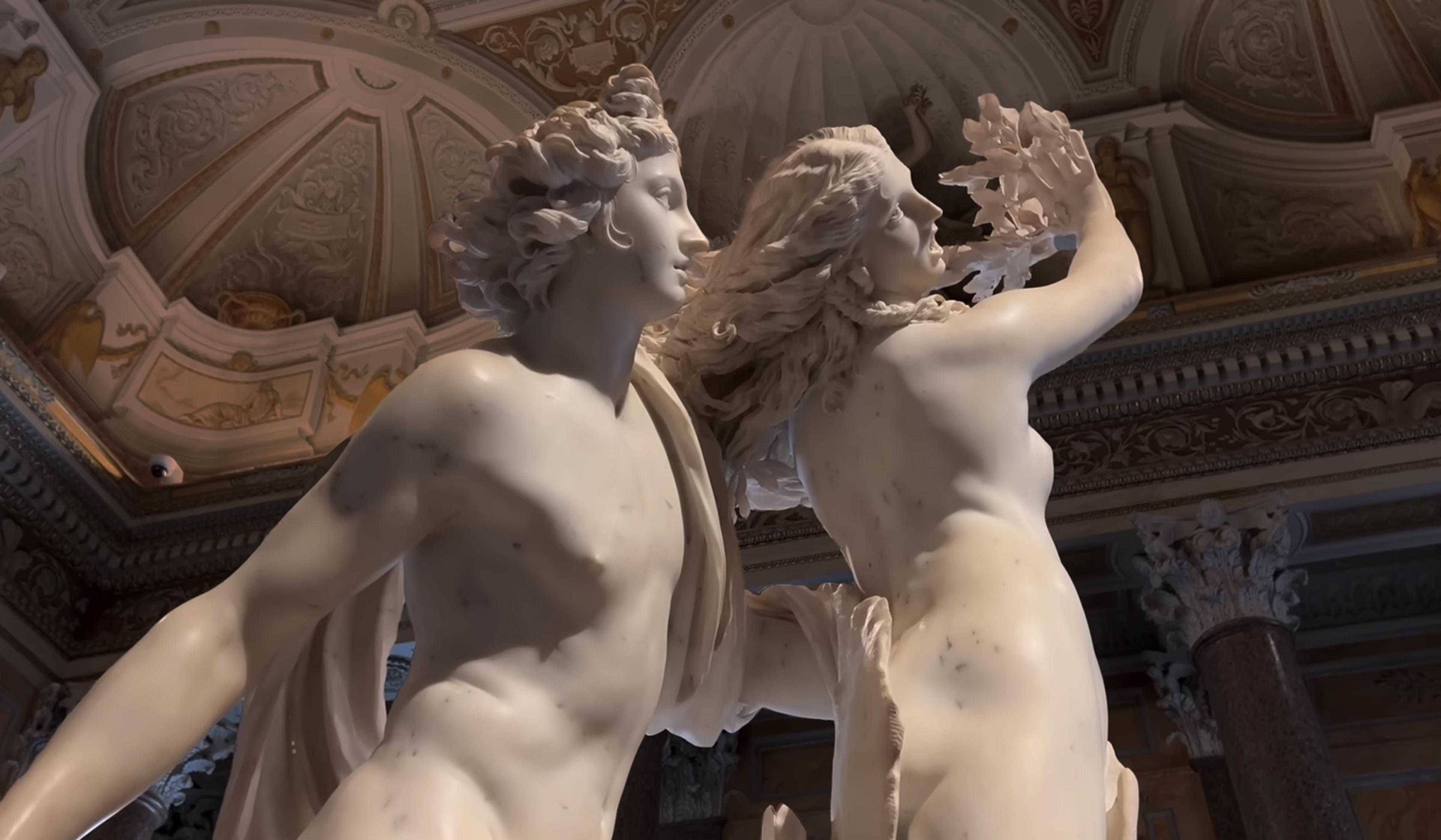
video
Art
The overlooked polymath whose theatrical oeuvre made all of Rome a stage
30 minutes
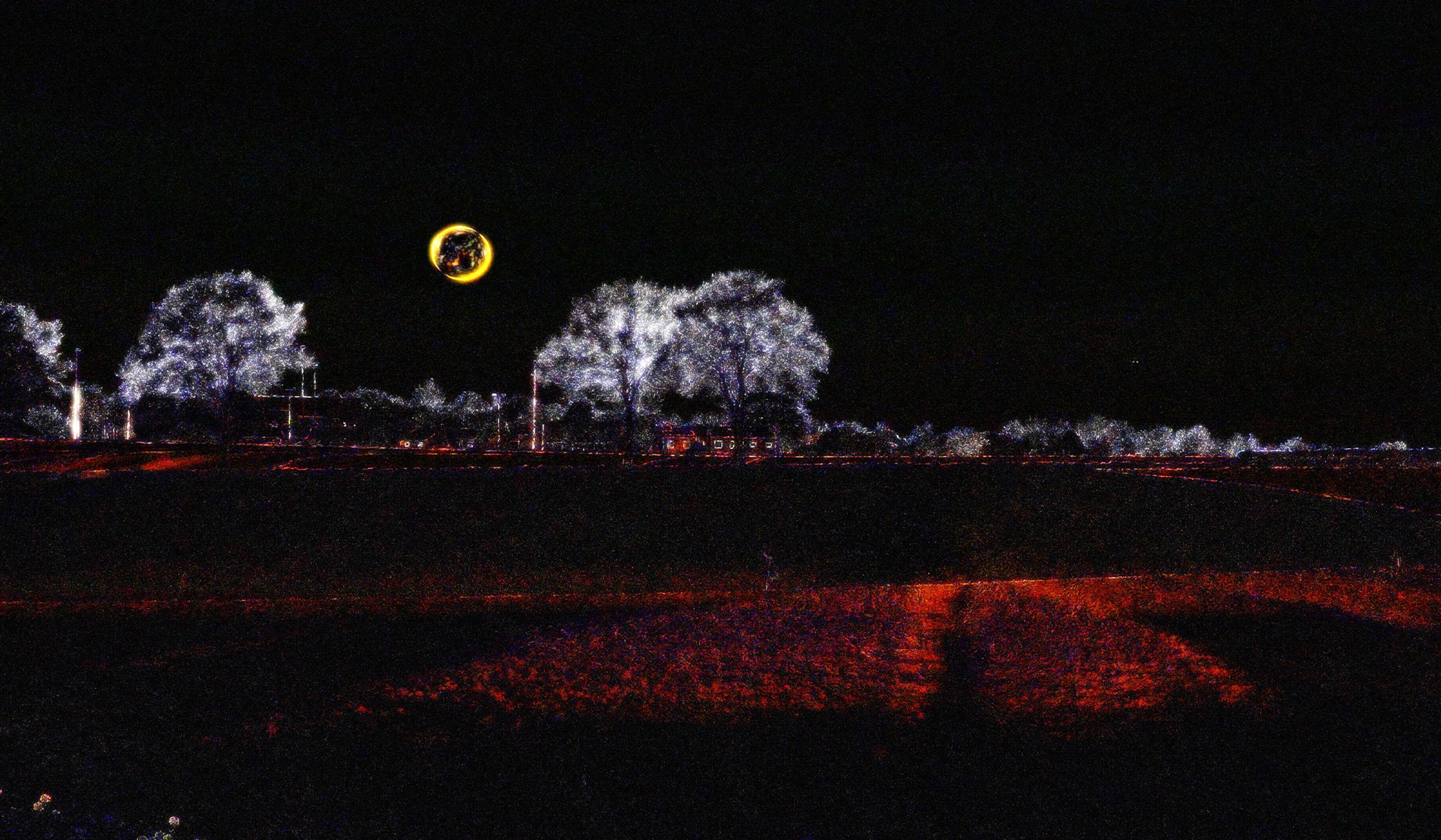
video
Film and visual culture
An augmented-reality filter reveals the hidden movements all around us
7 minutes
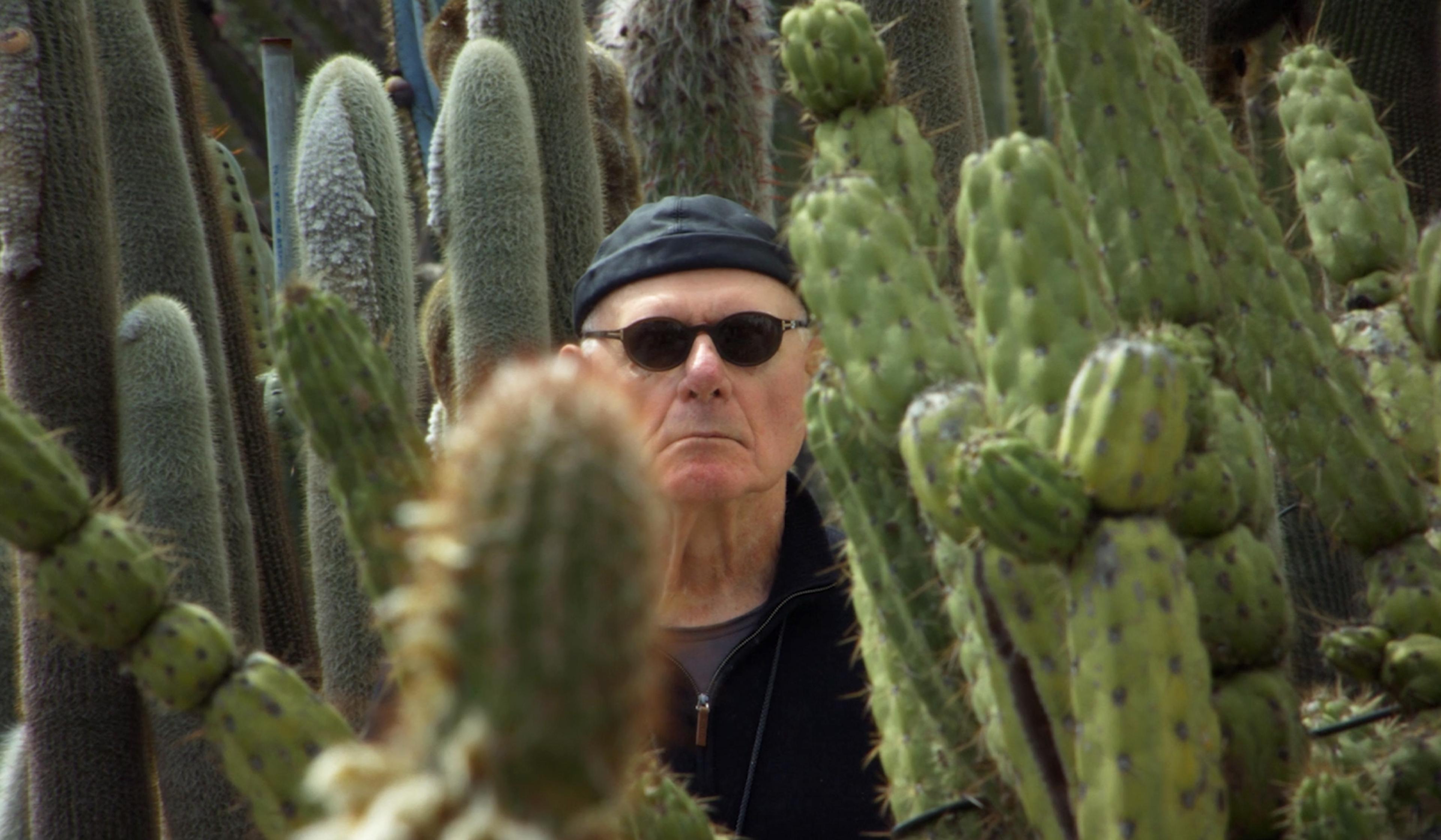
video
Beauty and aesthetics
The grit of cacti and the drumbeat of time shape a sculptor’s life philosophy
11 minutes
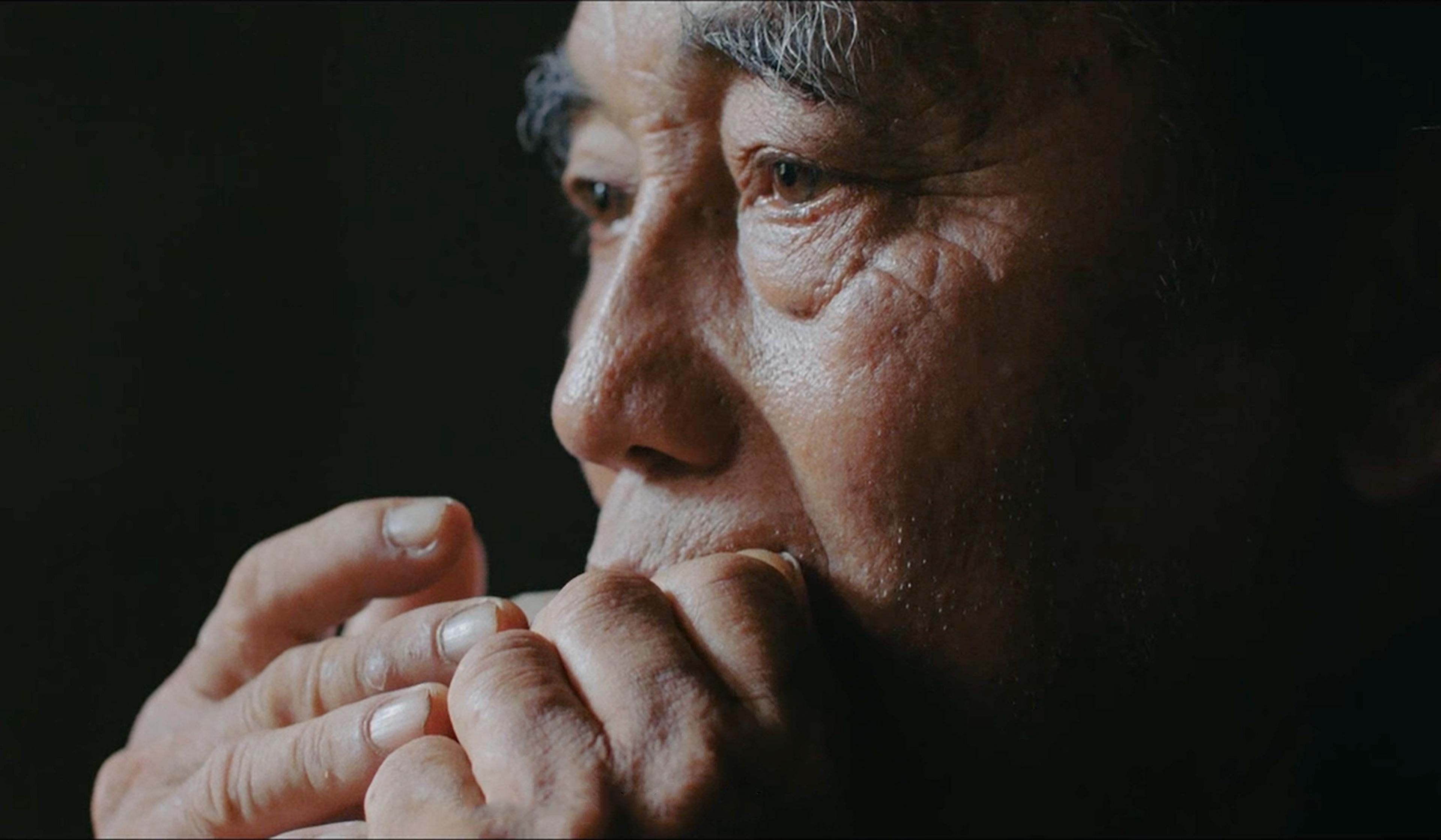
video
Language and linguistics
Messages born of melody – hear the whistled language of the Hmong people
18 minutes
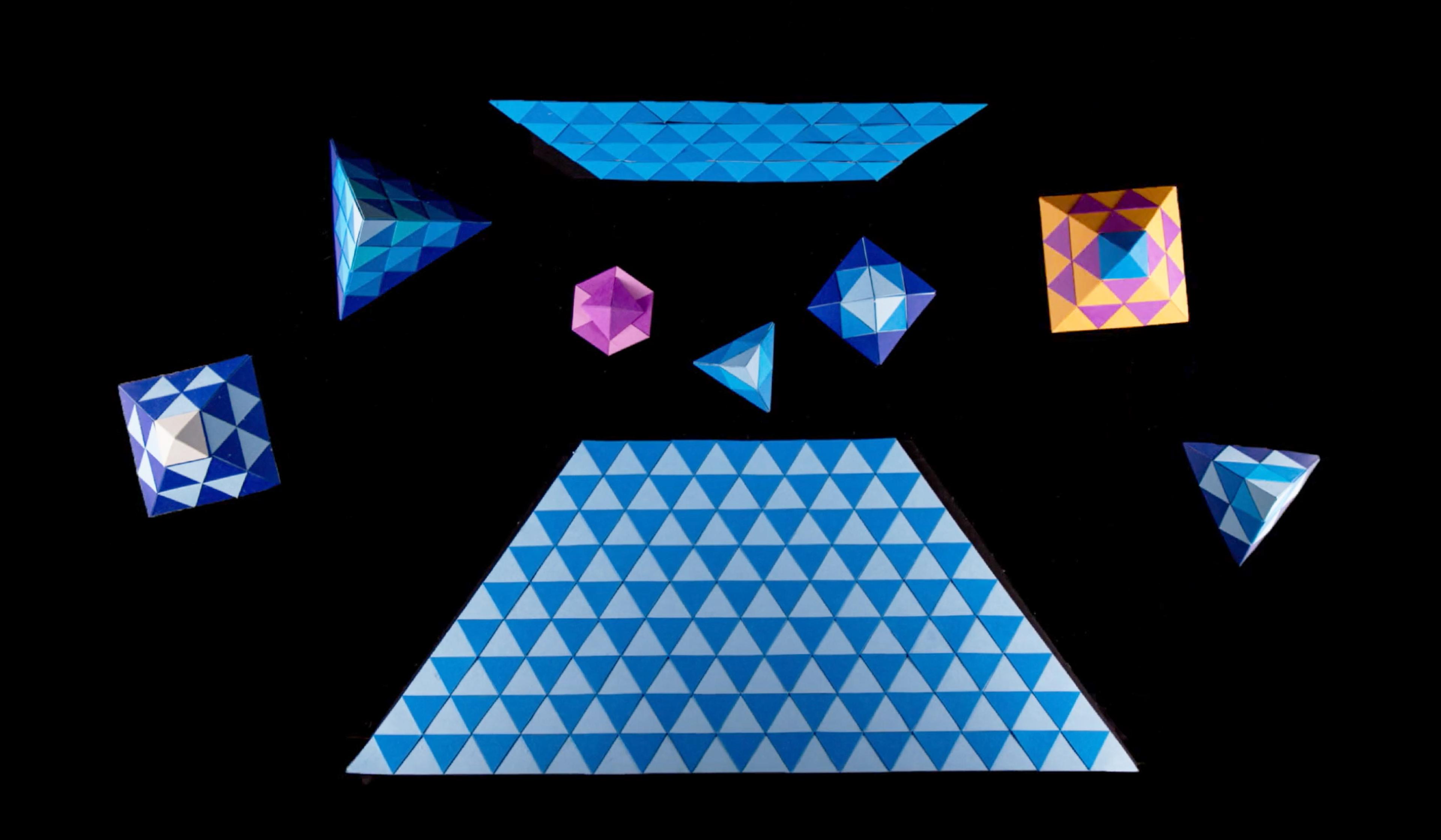
video
Film and visual culture
Stop-motion origami unfurls in a playful exploration of how senses overlap
3 minutes